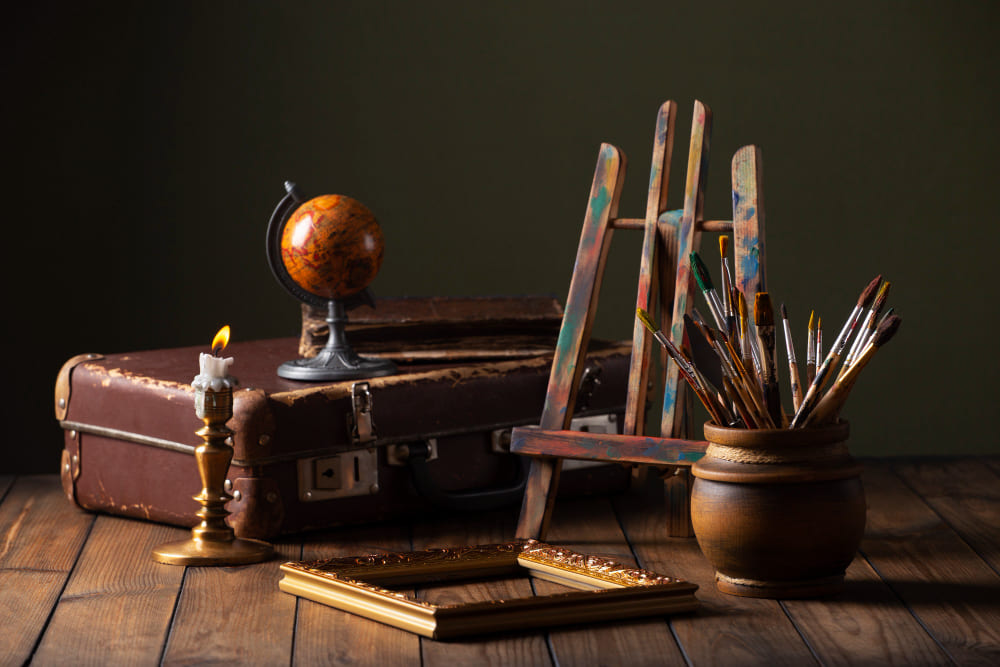In the world of fine arts and antiques, the value of a cherished possession extends far beyond its monetary worth. These items often carry deep emotional significance and reflect centuries of cultural heritage. As a result, insuring these treasures becomes not just a practical necessity but a vital responsibility. Here's how you can protect your valuable personal property through specialized insurance.
Understanding the Need for Specialized Insurance
Standard homeowners insurance often doesn't only provide complete coverage for high-value items like art and antiques due to caps on payouts and limited covered causes. Specialized art and antiques insurance fills this gap, covering the total appraised value and accounting for potential appreciation. Such insurance protects collectors' investments from theft, damage, and other losses.
1. Valuation and documentation
The first step in insuring your art or antiques is obtaining a professional appraisal. An up-to-date appraisal will establish the current market value of each item, which is crucial for determining the amount of coverage needed. Insurers typically require detailed documentation of each piece, including provenance, condition reports, and photographs. This documentation not only aids in the accurate valuation of the items but also serves as vital evidence in the event of a claim.
2. Tailored coverage options
Insurance for art and antiques can be customized to meet specific needs, covering risks like theft, vandalism, accidental damage, and transit. These policies ensure that valuable items are protected during exhibitions, relocations, and unforeseen damages, offering comprehensive security for collectors.
3. Additional considerations
Beyond basic coverage, collectors should consider additional protections like the Pair and set clause, which allows claims for the total value of a set if part of it is damaged, acknowledging the diminished value of the remaining pieces. Additionally, Restoration coverage is advisable as it covers repair costs without deducting for depreciation typically associated with damage.
For collectors of art and antiques, the decision to secure specialized insurance reflects the value they place on their collections, both financially and personally. With the right policy, collectors can enjoy their art and antiques, knowing they are protected against the unpredictable. Investing in comprehensive insurance coverage ensures that your valuable possessions and the history and culture they represent are safeguarded for future generations.

